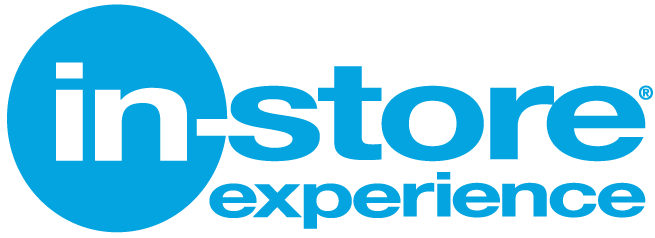Retail Lessons From Managing the Complex Category of ‘Smart Home’ In-store
Today, technology isn’t limited to fun gadgets or specialized tools―it has become a part of our daily lives, used to control everything from our transportation to our cooking and in-home security systems. As tech expands, our homes are becoming smarter and more connected, enhanced by innovations that ease or improve domestic life. With the rise in smart home innovations has come an entirely new category of consumer electronics retailing: Smart and Connected Home devices and appliances. The US is leading the way when it comes to sales―with reports showing that the smart home market in the US was valued at $76.62 billion in 2018 ―and has the potential to grow much further.
While selling smart home technology might seem like a breeze (who wouldn’t want a virtual assistant to change the thermostat and play your favorite music?), this new exciting product category also comes with many retail challenges. Analysts, such as McKinsey, found that many consumers still don’t understand connected device value propositions. Our own user-research uncovered that consumers were finding it hard to understand the range of choices, and had some skepticism of the benefits these new smart products could bring to their lives. After all, who wants to make life more complicated?
Our recent work with introducing the Smart Home Category to PC Richard & Son stores gave us many insights which were relevant to retailers across the board. Here, we look at those insights, and share what we believe retailers need to know to come out on top:
An opportunity to bring order to the chaos
Smart home technology is a new product category, which means its definition remains relatively loose. Some consumers might think of smart home tech as being a central air unit―others, a virtual assistant device. Many consumers don’t even know what their options are, as new technologies are being put on the market every day. What retailers can do, then, is to bring order to the chaos.
A simple way to do this is to have a clearly designated “smart home technology” section, which places the products within a home-like environment. The consumer is invited to imagine how the products will look within their own home. This environment also positions each product as a lifestyle solution, by presenting consumers with a big picture view of how all the different products could work together as an ecosystem ―which is the way smart products should work.
Ultimately, this format demonstrates clearly what smart home technology can mean for consumers in their own homes, and helps encourage shoppers to interact with unfamiliar technology.
Hierarchy of information
Once the shopper is comfortable with the big picture, you then have the opportunity to provide the details they are looking for in order to make the final purchase.
Small retail touches , like end cap displays can work to deliver this detailed information at the right time, and at the right place. We used interactive digital screens to allow shoppers to learn more about product information including features, pricing specifications and customer reviews - all at the right time and place.
Remember to diversify
The home is personal, and so too is smart home technology. Consumers have varying needs and desires, and that is especially true when it comes to homewares. A Gen Z shopper designing their first home might want a smart thermostat for when they leave the patio door open and forget to turn off the A/C; a working parent might want a smart security device that can let them keep an eye on their home even when they’re at the office. People with limited mobility might want voice-activated lights or even doors to allow them to move more easily through their home. Diversity is the key in smart home solutions―know who your consumers are, what they want, and then curate a product selection that meets their needs.
Smart home tech is on the rise, with an expected 1.3 billion devices to be in use by 2022. The key to getting in on the ground floor is to provide an inviting, easy-to-understand retail experience for shoppers that can expand and change as the technology grows.





